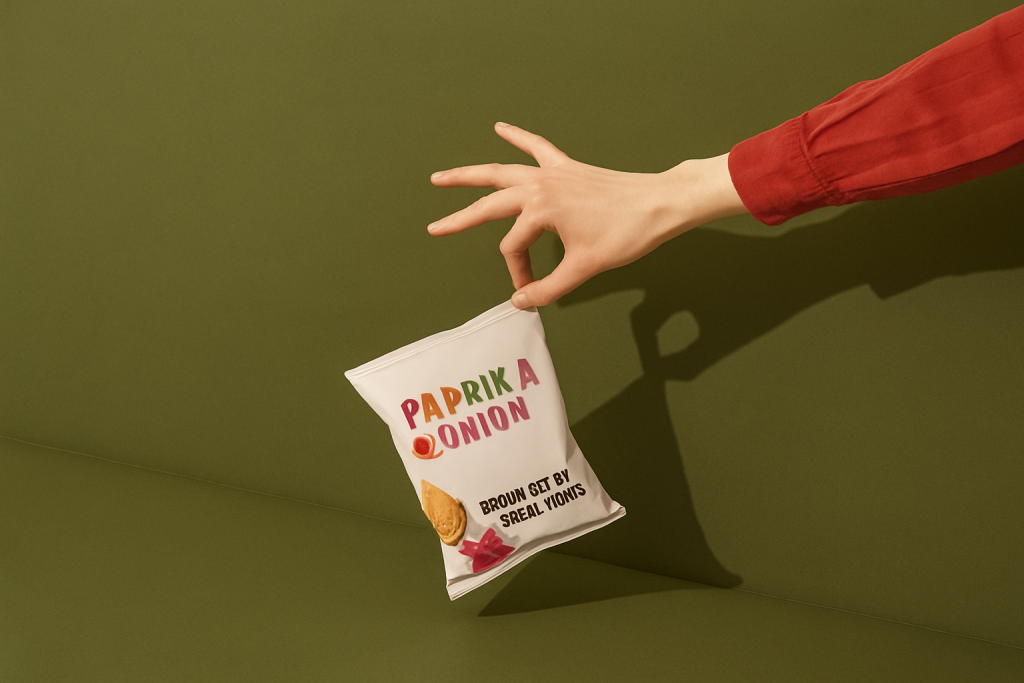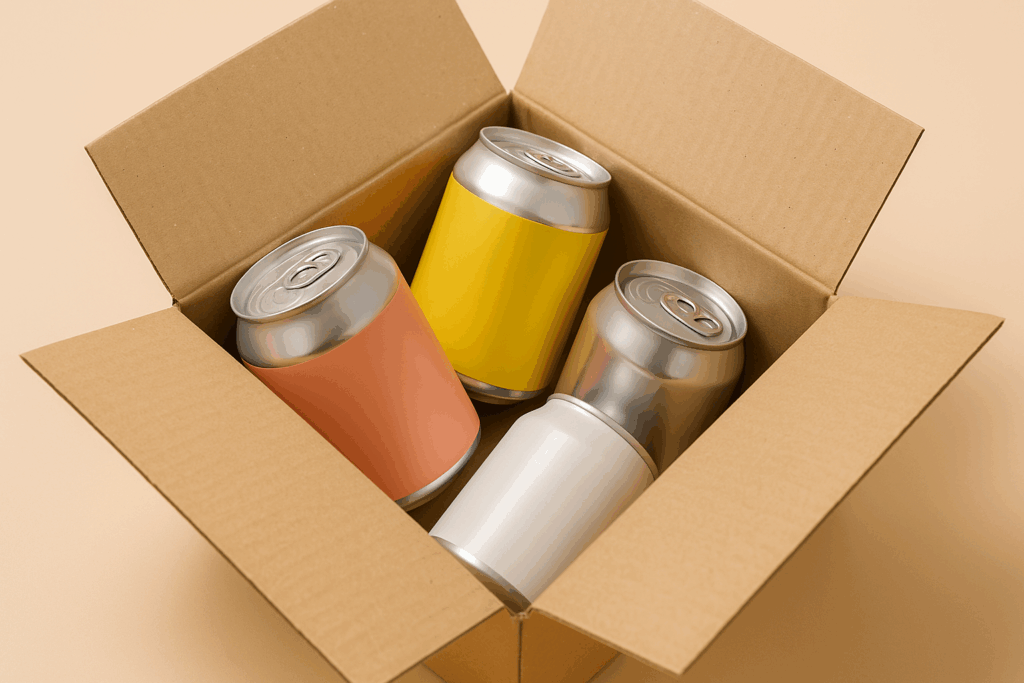Product labels are more than just identifiers but they’re your brand’s silent sales team. In a market where store shelves are crowded and online listings seem endless, your label has to do more than blend in. Too often, F&B brands treat labels as an afterthought, focusing only on compliance or copying competitors, which results in packaging that won’t stand out.
The truth is, effective product labels don’t just meet regulations but they should also grab attention, communicate value, and reinforce your brand identity. In this guide, we’ll explore how to design product labels that not only look visually attractive but also work strategically to influence buying decisions and strengthen your market position.
Creating Product Labels That Stand Out
Shoppers make quick judgments, which is why your label needs to make an immediate impact while staying true to the brand. Effective product labels balance three key elements, which are visual appeal, clarity of information, and strategic differentiation. A visually stunning design will grab attention, but it must also communicate the right message to the right audience and follow industry rules.
The process starts with understanding your positioning. Are you marketing a premium craft soda meant for upscale grocery aisles or an affordable snack targeting Gen Z on TikTok? The more aligned the label is with your brand identity, the easier it will be for customers to recognize and remember your product, whether they see it in-store or on a social media feed.
In the age of unboxing videos and Instagram stories, product labels act as shareable brand content. Every design choice from material finish to text hierarchy should enhance not only in-person appeal but also digital visibility.
Establish Your Brand Identity
Brand identity is the foundation of every design decision made for your product labels. Without a clear identity, you risk creating packaging that feels generic or disconnected from your overall brand story.
Start with your core brand values and unique selling proposition. If your beverage brand focuses on sustainability, for instance, your label should incorporate eco-friendly materials, earthy tones, and messaging that subtly reinforces that mission.
According to Cognitive Media, visual storytelling adds depth and accessibility to storytelling, allowing brands to tell a narrative and deliver a message in the most impactful way to the audience.
Instead of depending just on the product name and ingredient list, try using an illustrated element, a brief brand origin story, or an icon system that allows customers to quickly recognize flavor, dietary information, or usage scenarios.
Choose Long-Lasting Materials
Product labels must withstand any environment, from grocery shelves to refrigerators, but if your label peels off in the refrigerator or fades under store lighting, it is not doing your brand any favors. The materials you use for your product labels have a direct impact on perceived quality and customer trust.
Durability should be considered from the start. Beverage labels, for example, need to withstand moisture from condensation, while labels on cooking oils should resist smudging from handling. Consider brands like LaCroix, which use waterproof film labels that maintain their color vibrancy even after being submerged in ice-filled coolers, preserving both shelf appeal and brand consistency.
When evaluating materials, balance practicality with aesthetics:
- Paper labels offer a natural and eco-friendly feel but may need protective coatings.
- Film labels (BOPP, PET) are waterproof and oil-resistant which is perfect for chilled or greasy products like butter.
- Specialty finishes like foil stamping or embossing add premium appeal but must be paired with strong adhesive to prevent lifting.
Follow Food Labeling Requirements
No matter how creative your design, it won’t matter if your product labels fail to meet legal standards. Non-compliance can lead to costly recalls, fines, or reputational damage.
For the U.S. market, the FDA outlines mandatory elements for packaged foods and beverages, including:
- Statement Of Identity
- Nutrition Facts Or Supplement Facts
- Ingredients
- Claims Review
- Net Quantity Of Contents
- Allergen Declaration
- Manufacturer/Packer/Distributor
- Country of Origin
Pro Tip: Don’t just “make space” for required elements, it should be integrated into the design. Creative use of hierarchy, color blocks, or side panels can make nutrition labels feel intentional rather than an afterthought.
Infuse Creativity Into Your Design
Compliance and durability lay the groundwork, but creativity transforms your product labels into a competitive advantage.
Consider Absolut Vodka’s limited-edition city bottles, which combine striking designs, drawings, and localized storytelling to create instant collectability.
Here are some strategic ways to integrate creativity:
- Interactive elements: QR codes on packaging that link to behind-the-scenes videos, recipes, or loyalty programs.
- Seasonal editions: Short-run designs tied to holidays or local events.
- Textural printing: Spot varnish or embossing for tactile engagement.
- Unexpected shapes: Die-cut labels that break away from the standard rectangle or circle.
Turn Labels Into Your Silent Sales Team
The best product labels strike the perfect balance from protecting the product, adhering to standards, reflecting brand identity and stimulating interest.
For food and beverage brands, where every touchpoint influences customer perception, product labels may be the first and most enduring impression a brand can make.
If you’re ready to create labels that don’t just sit on a shelf but actively promote your company, contact MAVRK Studio for assistance. From concept to print-ready design, we specialize in branding services that balance visual impact with strategic objectives.





